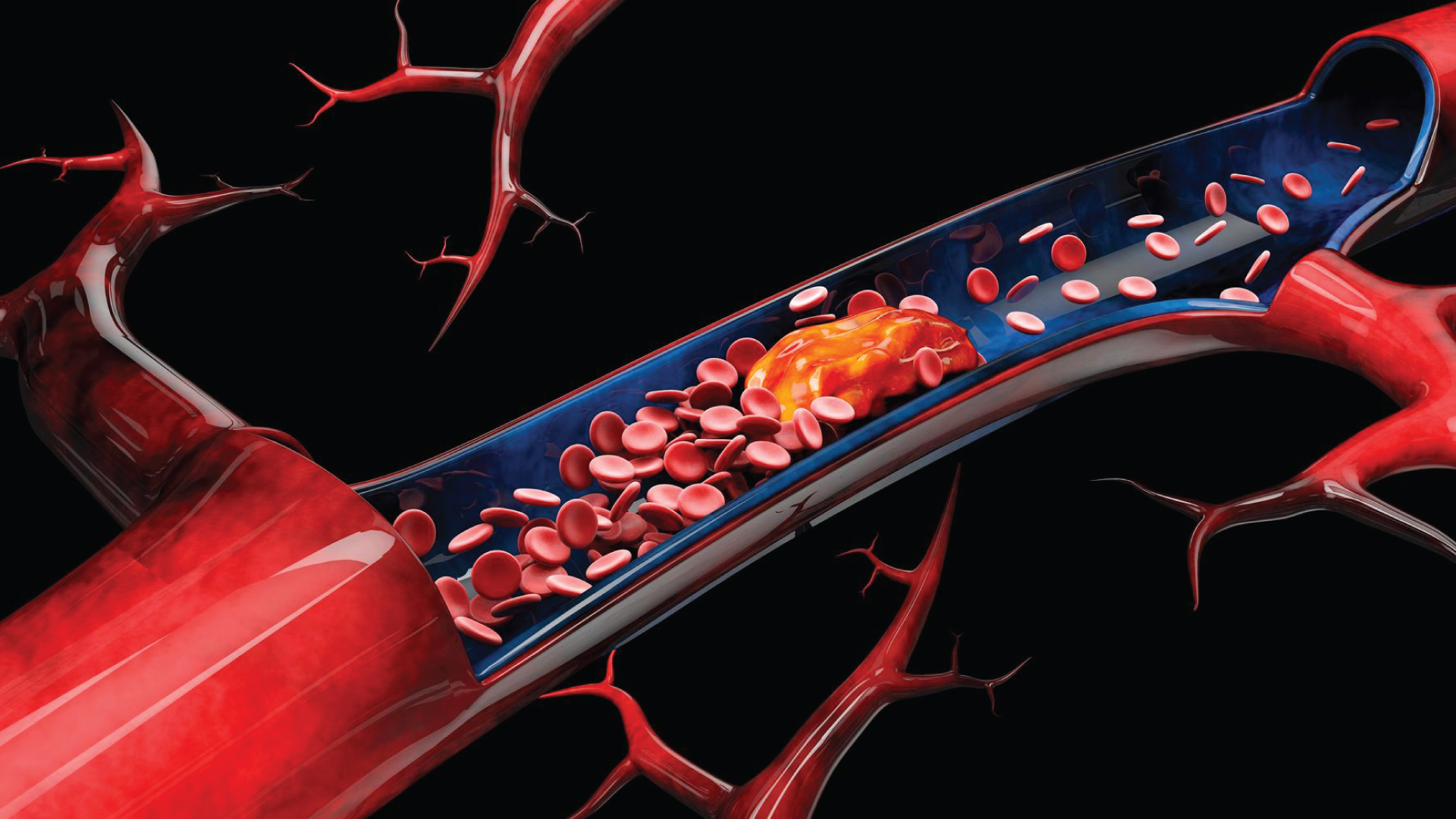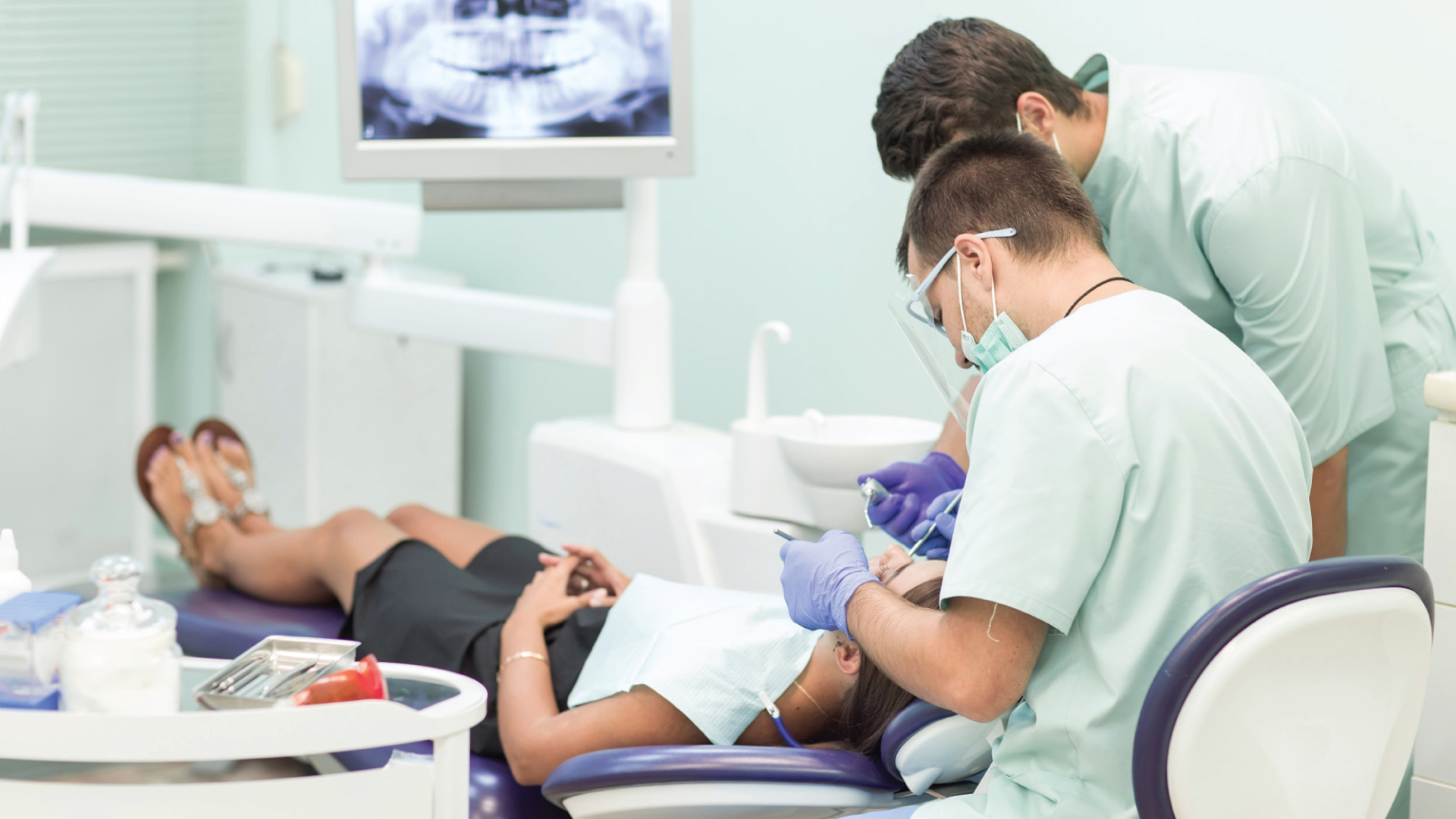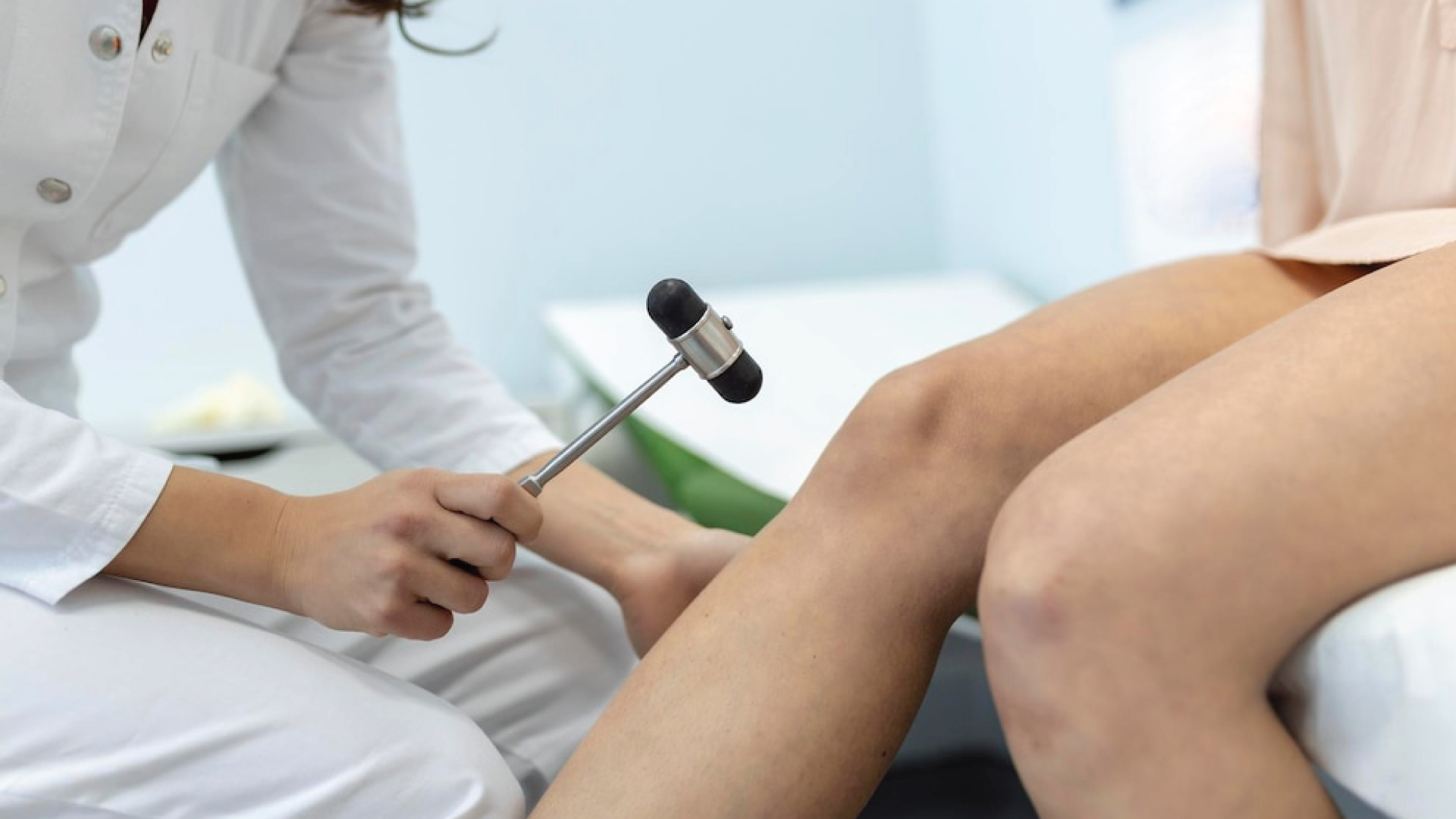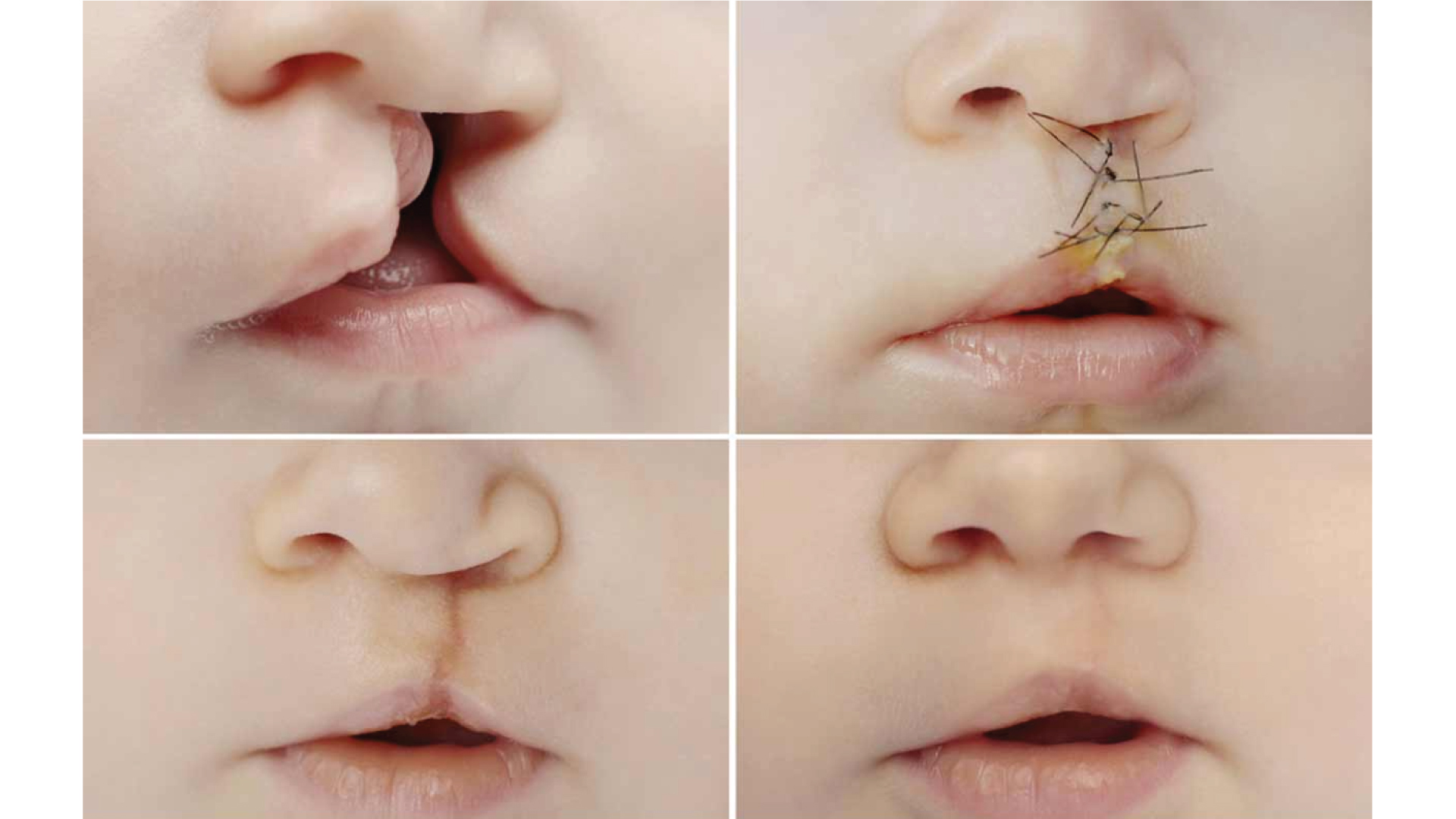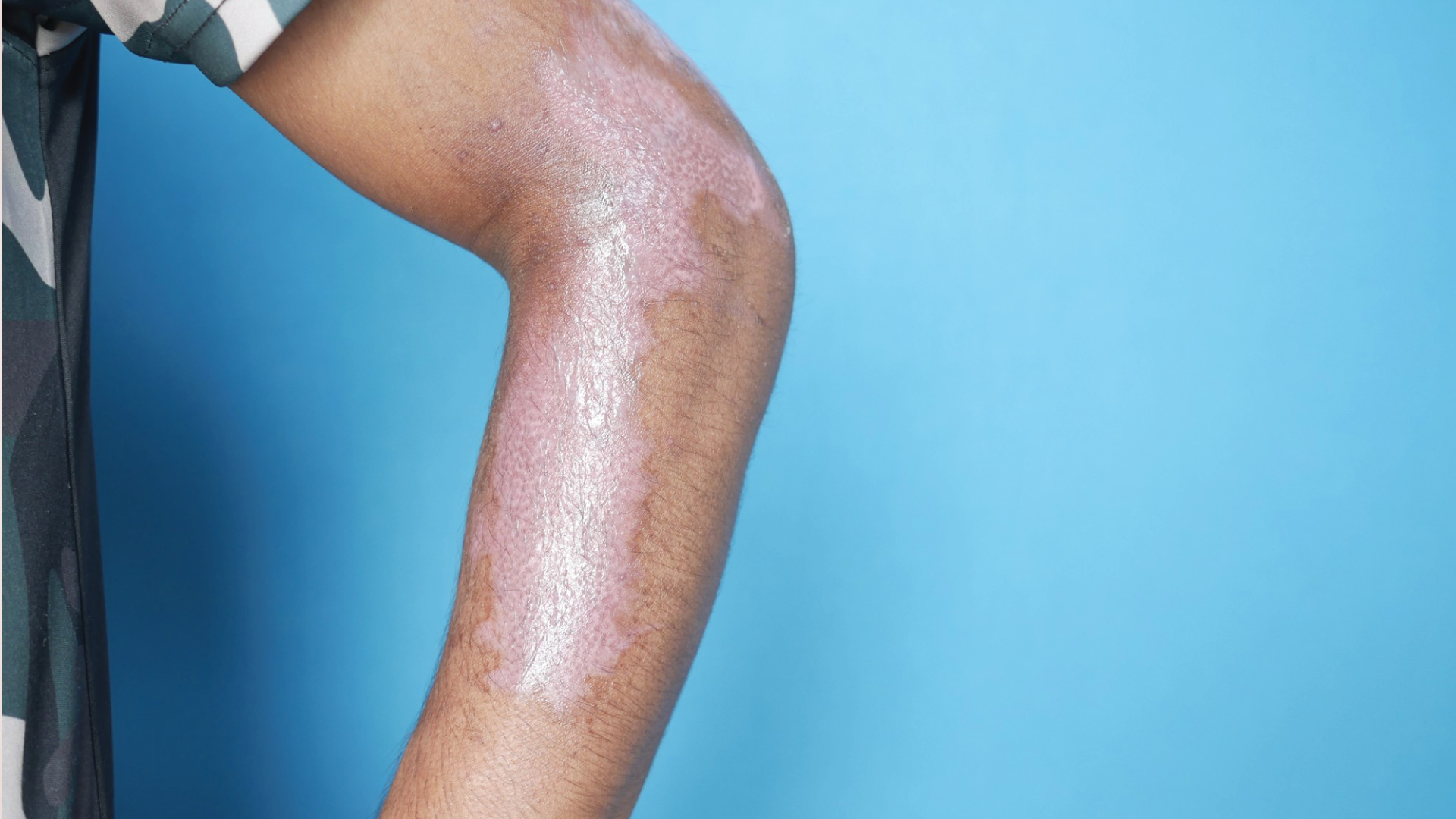
From Burn Injury to Full Recovery: Expert Care Every Step
There are two main categories of burn surgery: acute and reconstructive. Acute burn care occurs immediately after the injury. It is delivered by a team of Trauma Surgeons (General Surgeons) that specialize in acute burn care. Complex burns often require consultation with Plastic Surgeons, who assist with the inpatient and outpatient management of these cases.
Large burns, or burns of critical body areas, should be treated at a verified Burn Center, such at the Trauma Burn Center here at the University of Michigan. Smaller burns may be managed as an outpatient.
Reconstructive burn surgery may be required after the initial burn wounds have healed. This kind of care us usually provided by a Plastic Surgeon.The goals of reconstructive burn surgery are to improve both the function and the cosmetic appearance of burn scars.This involves the modification or alteration of the scar tissue, by both non-operative and operative means. The relationship between the burn patient and the reconstructive burn surgeon often lasts many years.Treatments for scar tissue often take several months to be effective, and new scar contractures can appear long after these injuries, especially in young patients who are still growing.
Who is a Good Candidate for Reconstructive Burn Surgery?
The ideal candidate for this surgery realizes that surgery cannot remove their burn scars entirely,
but may be able to help improve basic functions or make scars less noticeable. If contracture from scarring is limiting the normal motion of the neck, shoulder, hands, or legs, release of scar contractures may be of benefit. Facial scarring that leads to problems with the eyelids, lips, nose, or hair loss can also be addressed. Scars that are abnormally thick, wide, or discolored might also be improved by a variety of operative and non-operative methods.
How is the Procedure Performed?
Non-operative therapies might involve scar massage, application of pressure garments, or other topical therapies. The fitting of pressure garments is usually coordinated with an Occupational Therapist. Within the O.T. department, there are also hand therapists to assist with rehabilitation of hand burns and scars.
Operative therapy consists mainly of scar release procedures. Once a tight scar is released, the opening in the skin must be repaired-the Plastic Surgeon uses a variety of techniques to close these wounds. Skin grafts, skin rearrangement (“Z-plasty”), and more complex flaps could be required, depending on the location of the scar and the desired outcome. Most minor procedures are performed as outpatient surgery, but the larger grafts and flaps will likely require an inpatient stay.


